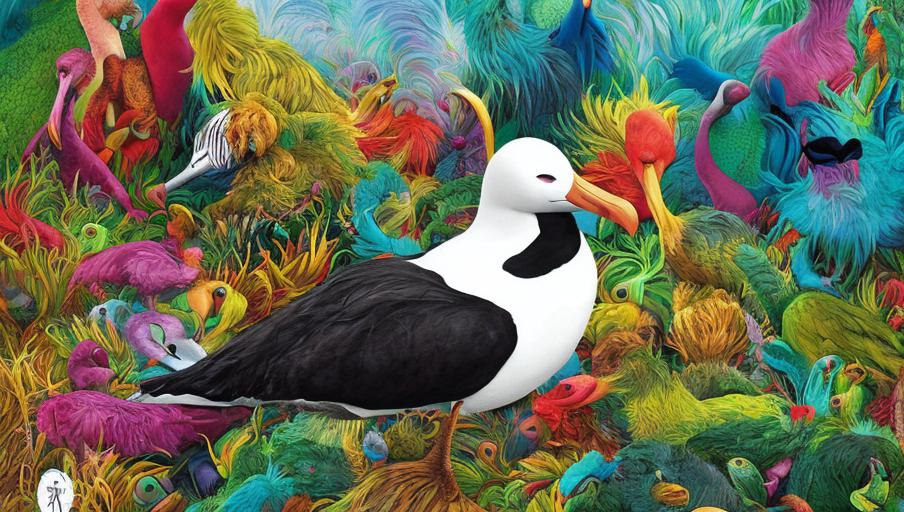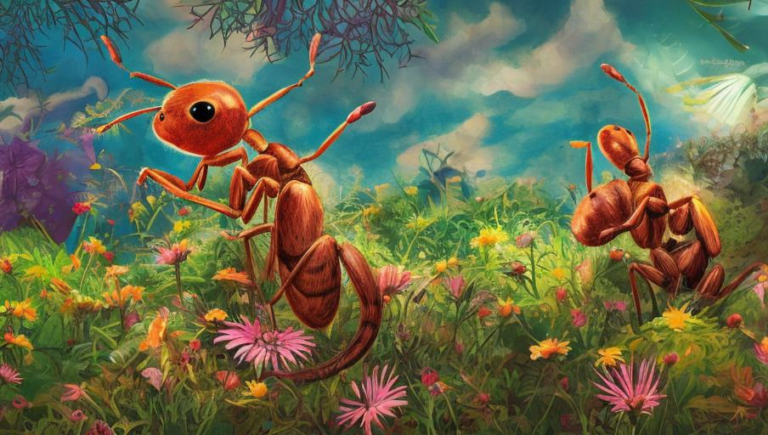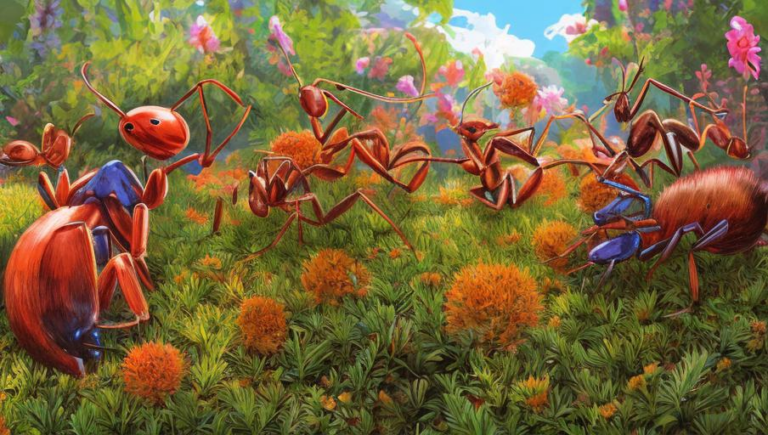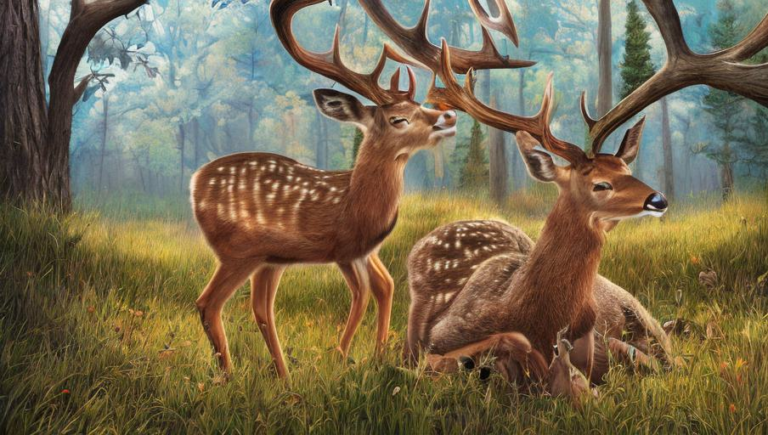Curious Facts About Albatross Migration

Albatross Migration: An Amazing Journey
Albatrosses are large seabirds that are known for their impressive long-distance migrations. These birds can travel thousands of miles on their yearly migrations, flying along the wind currents that help them cover vast distances quickly and efficiently. Albatrosses are capable of flight speeds of up to 55 miles per hour, though they usually cruise along at a more leisurely pace.
The Longest Migration
The Wandering Albatross holds the record for the longest migration of any bird. They can travel up to 12,000 miles in a single journey, crossing the Atlantic and Pacific oceans, as well as the Indian Ocean. These birds also have the widest wingspan of any bird, with some specimens measuring more than 11 feet across!
Migration Patterns
Albatrosses have a unique migration pattern that is different from other species. While many birds migrate in the same direction each year, albatrosses will often change their migration route depending on weather conditions. They also use a zigzag pattern of flight, which allows them to make the most of the available wind currents. This helps them save energy while also allowing them to cover more ground in a shorter period of time.
Conservation Efforts
Due to their impressive migrations, albatrosses have become a symbol of conservation efforts. In recent years, there has been an increased focus on protecting these birds from the threats of human activity. These include overfishing, plastic pollution, and climate change. By protecting these birds, we can help ensure that they are able to complete their amazing migrations for generations to come.
Conclusion
Albatrosses are fascinating creatures, and their impressive migrations are a testament to their strength and resilience. By understanding more about these birds, we can help ensure that they are able to continue their amazing journeys for generations to come. If you are ever lucky enough to spot an albatross in the wild, take a moment to appreciate their incredible journey.





